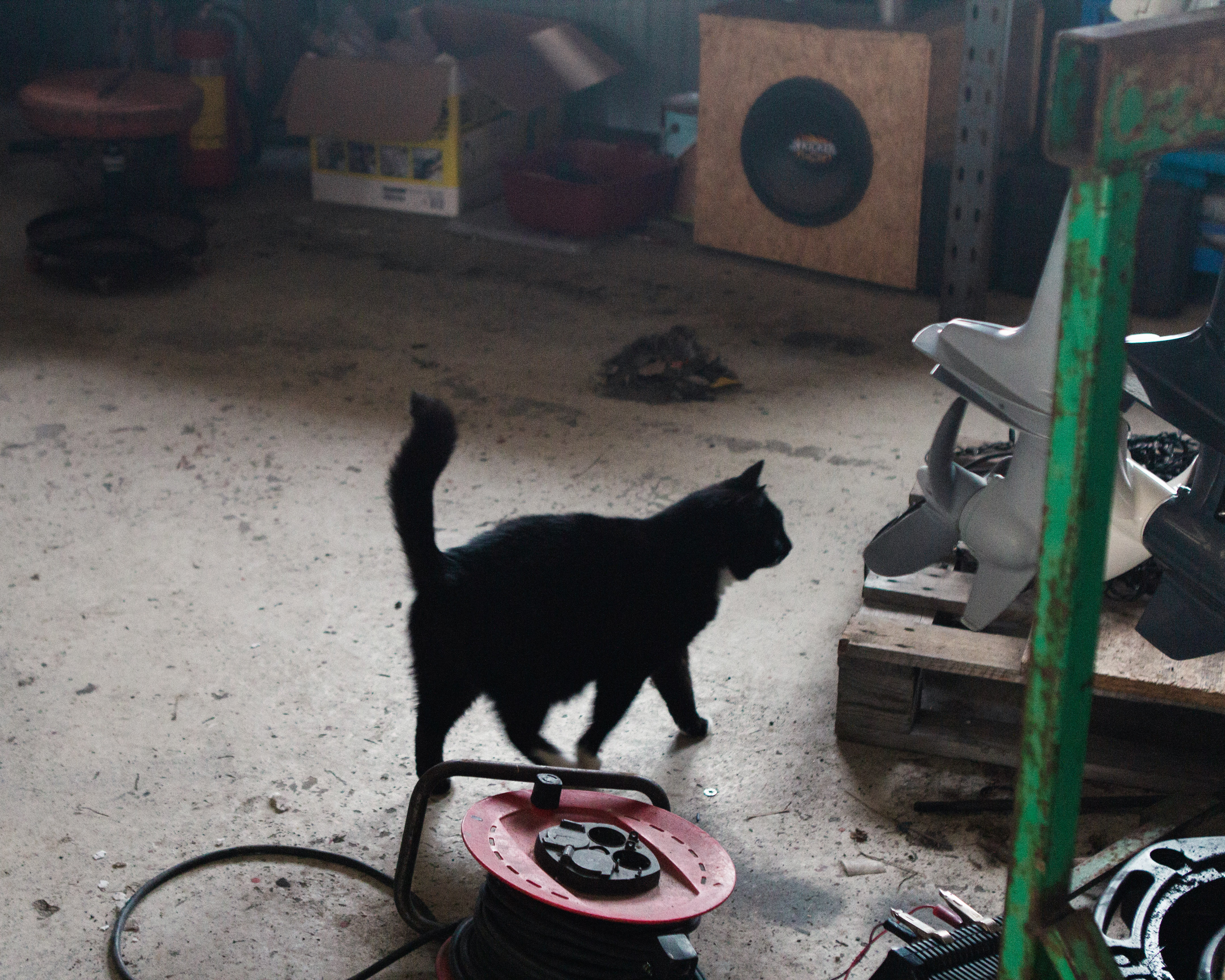fólgsn

















































Tar man ferje nordvest for munningen av Trondheimsfjorden kommer man til Storfosna. Ei lita øy som myser i vintersola og kjenner vannet skvulpe oppover skjæret.
Her går tiden litt saktere og pulsen litt roligere. Øya har fått navnet etter det norrøne ordet fólgsn, “skjulested”, fra den tida Storfosna lå sentralt da sjøveien var hovedveien i Norge, og vågen på øya var et fint sted for skip å ligge i le for vær og fiender.
I dag er det lite med skip som stopper innom øya, men det er fortsatt en ferge i ny og ne som kjører innom med et par folk ombord. Det er ganske få innbyggere som bor her, men de har sitt eget lille samfunn som holder øya levende.
Storfosna er ikke den største øya, men den har sine folk å by på. Her er det ferjemannskap, butikkansatte, turgåere, båtentusiaster og andre som sammen lager fortellingen om Storfosna.
If you take a ferry north-west of the mouth of the Trondheimsfjord, you will arrive at Storfosna. A small island that squints in the winter sun and feels the water lapping up the reef.
Here, time goes a little slower and the pulse a little calmer. The island got its name from the Norse word fólgsn, "hiding place", from the time when Storfosna was centrally located when the sea route was the main road in Norway, and the island's wave was a good place for ships to lie in shelter from the weather and enemies.
Today there are few ships that stop by the island, but there is still a ferry every now and then with a couple of people on board. There are quite a few inhabitants who live here, but they have their own little community that keeps the island alive.
Storfosna is not the largest island, but it has its people to offer. Here, there are ferry crews, shop employees, walkers, boat enthusiasts and others who together create the story of Storfosna.